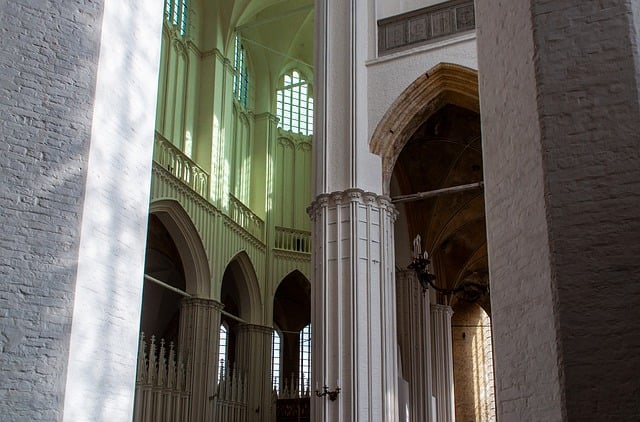Shining a Light on Architectural Excellence: Exploring Light Points in Design
The interplay between light and architecture has always represented a profound dialogue—one that reflects the unity of form and function. In this exploration of light points, we invite you to delve into how these luminous elements shape our experiences and influence the environments we inhabit.
The Essence of Light in Architecture
From the ancient temples of Greece to modern urban skyscrapers, the role of light has evolved, but its importance has remained pivotal. Architects and designers strive to harness natural light, integrating it seamlessly into their creations. Light points serve not only as sources of illumination but also as artistic expressions that evoke emotion and enhance usability.
Natural Light: A Designer’s Muse
Natural light is perhaps the most revered of all light points. By designing spaces that maximize daylight, architects can create atmospheres that shift with the rhythm of the sun. Think of a sun-drenched atrium filled with greenery, where every ray accentuates the contours of the architecture. Such environments foster well-being, promote sustainability, and connect occupants to the changing world outside.
Case Study: The Sydney Opera House
Take, for example, the iconic Sydney Opera House. Its sail-like structures are meticulously designed to reflect the movement of light throughout the day, creating a stunning visual experience. The use of glass in the building’s design is deliberate; it allows the interior spaces to be bathed in natural light while offering breathtaking views of the harbor. Here, light points do not merely serve functional purposes; they create a living artwork that captures the essence of both the land and the sky.
Artificial Light: Crafting Mood and Atmosphere
While natural light boasts many advantages, artificial light has transformed how we interact with our surroundings, especially after dusk. The strategic placement of lighting becomes essential in defining spaces—elevating them from mere structures to immersive experiences. Think of a chic restaurant where soft, warm lights create intimate conversations or a bustling office space that uses brighter, focused beams to inspire productivity.
Highlighting Architectural Features
Innovative lighting can also enhance architectural features. Uplighting along the columns in a historical building can portray its grandeur, while recessed lights in a modern home can emphasize minimalistic design elements. Each light point serves a specific purpose, drawing attention to particular aspects while creating an inviting atmosphere for those who enter.
Cultural Impact of Light in Architecture
The cultural significance of light points in architecture extends beyond aesthetics. Different cultures have their unique approaches to utilizing light. In many traditional Asian designs, the subtle play of shadows and light reflects balance and harmony, resonating with philosophies like Feng Shui. Such thoughtful inclusion transcends mere decoration, embodying a deeper understanding of space and its effects on human emotions.
The Future of Light in Design
As we step into a future where technology continues to reshape our lives, innovations in lighting design will undoubtedly play a pivotal role. Smart buildings are increasingly integrating adaptive lighting systems, responding to the needs of their occupants while optimizing energy consumption. These advancements promise to heighten the power of light points, creating environments that are not only functional but also deeply attuned to the human experience.
In a world rife with challenges, the architecture of tomorrow must prioritize not just the structural integrity of a building but also its capacity to nurture and inspire through light. As we explore this luminous path, let us celebrate the artistry of architects and designers who continue to illuminate our lives, shaping spaces that resonate with beauty and purpose.




